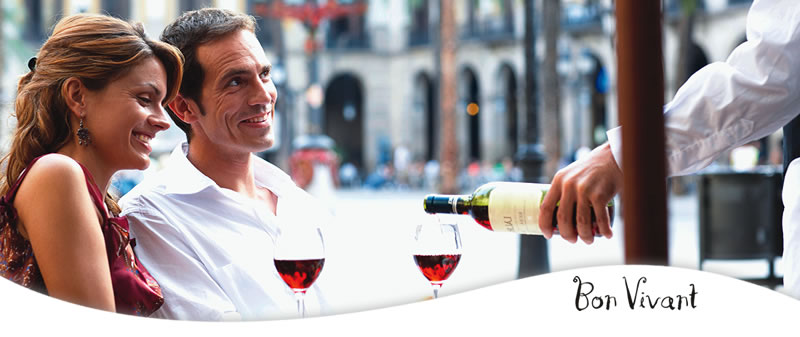O.K. I’m paraphrasing but no one can argue that these famous digestivos of Italy pack a punch.
Amaro is a bitter liqueur that normally combines a series of herbs to create a unique flavour. The recipes are fiercely guarded and each town and village has its preferred recipe. Basically, anyone who can make wine, can distill grappa. Anyone who has a grappa has probably experimented with infusing local herbs to make an amaro. They settle the stomach, invigorate the nerves and calm the mind. I have no medical evidence for any of these claims.
When in Italy, amaro is normally served by itself in a liqueur glass. That having been said, some people have it in their coffee. I have even had amaro poured into my finished espresso cup and been told to add a cube of sugar. The point is, like all drinks in Italy, amaro is served in relation to the meal. Aperitivi give you an appetite and digestivi help you digest. Easy.
Even if the local amaro is not unique and obscure it doesn’t mean you shouldn’t indulge. There is a reason that Fernet Branca is so popular. I know you are thinking of that bottle at the local bar that is gathering dust and hasn’t seen action for several years. Well, you don’t live in Verona, do you? That same bottle wouldn’t last one night in a reasonably busy Italian bar. Don’t take my word for it. Take a look across the counter next time you’re in Rome. Actually, as everyone will be staring at the tourist leaning across the bar, you had better order one while you are at it.
True story. Well, mainly true.
 The first time I tried amaro I thought someone was trying to poison me. I was young and not a heavy drinker. Neither of these problems assail me now. I was with a ‘friend’ who was telling us an old family story. (It turned out to be the plot to ‘Arsenic and Old Lace’). Anyway he lost a bet or something and had to buy the next round. He came back with a round of drinks without divulging the contents of our glasses. We were told to ‘down them in one sip’ and being young, we readily complied. You are not meant to ‘shoot’ Fernet Branca! We were convinced it was arsenic until our friend’s convulsions of laughter made it clear that it was just another part of the big, wide world. Don’t be like me. Have your first amaro intentionally!
The first time I tried amaro I thought someone was trying to poison me. I was young and not a heavy drinker. Neither of these problems assail me now. I was with a ‘friend’ who was telling us an old family story. (It turned out to be the plot to ‘Arsenic and Old Lace’). Anyway he lost a bet or something and had to buy the next round. He came back with a round of drinks without divulging the contents of our glasses. We were told to ‘down them in one sip’ and being young, we readily complied. You are not meant to ‘shoot’ Fernet Branca! We were convinced it was arsenic until our friend’s convulsions of laughter made it clear that it was just another part of the big, wide world. Don’t be like me. Have your first amaro intentionally!


